Blog posts about contemporary

Art Quote: Andrew Wyeth
"One's art goes as far and as deep as one's love goes." Andrew Wyeth

Vittorio Canta: Futurism Died when the Future Became the Present
The idea to approach Vittorio Canta for an interview occurred when we were curating USEUM’s Futurism exhibition. While browsing USEUM to find appropriate artworks for Futurism, we came across Vittorio Canta’s artworks Circus Minimum, Horse Power and Lance’s Triumph could not help but remind us of Marinetti as well as the work of other futurist artists and their commitment to depict the beauty of modern life – speed, technology, movement and dynamism.
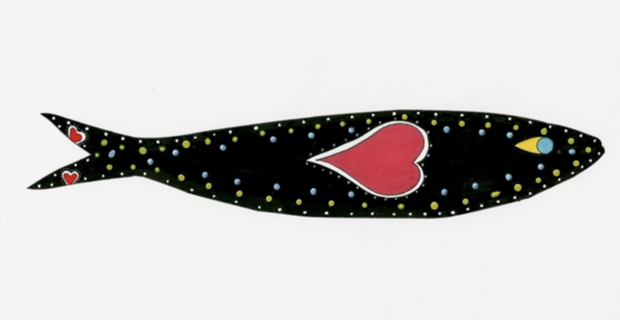
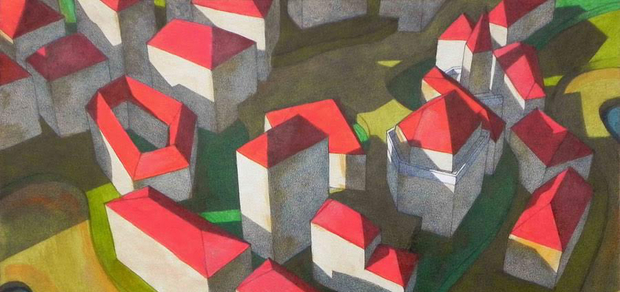
Curator's Choice on World Child Cancer Exhibition: "Diversity"
One of the key-words describing USEUM’s collection is diversity. Artists from over 100 countries continue to participate in sharing their artworks with art lovers and professionals worldwide. USEUM connects graphic designers from the United States to painters from Kenya to illustrators from the Philippines, and it is wonderfully inspiring to see both the differences and similarities between artists from different countries.

Pixelated Santa
Throughout the holiday season you will be flooded with images of Santa Claus. Italian artist Andrea Dalla Val took on a different approach...

A wave of summer fun

Morning Glory
Her ‘Daphne and Apollo’ was a great success at our first exhibition in collaboration with Le Dame Gallery last October and we believe that ‘Morning Glory’ will provoke similar responses.

The snapshot of a face in a critical moment
I paint snapshots of faces in a well-chosen critical moment. For reasons of its dramatic power and the geological convulsions of their human flesh which in turn make mine vibrate

Street Scene Near London Business School
This is another familiar scene for the Londoners amongst us! Teo Kim-Liong created this wonderful work of art during his studies at the Slade School of Fine Art.

Dream Sink
I try to apply colors like words that shape poems, like notes that shape music.

On the brink...
This timeless still-life radiates tranquillity. Michele d’Avenia’s excellent interaction between light and shadow makes this artwork an absolute masterpiece!

Flower necklace from Georgia
Georgian painter Teimuraz Kharabadze painted this gorgeous flower composition. Bold brushstrokes and warm colours make this artwork one of our favourites!

A great radiotelescope is waiting

Curator’s Choice on World Child Cancer Exhibition: "Abstract Art"
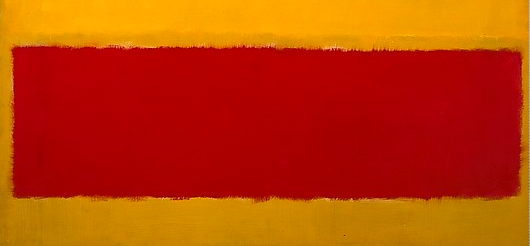
Mark Rothko (1903 – 1970): Transcendent “Multiforms”
“And if you, as you say, are moved only by the color relationships, then you miss the point”, Mark Rothko.
Mark Rothko was one of the avant-garde artists of the New York School, an American abstract expressionist painter with Russian-Jewish origin who used color as his main means of painting. Like most of the artists after the Second World War, he turned to introspection and sought individual expression in subtractive art.
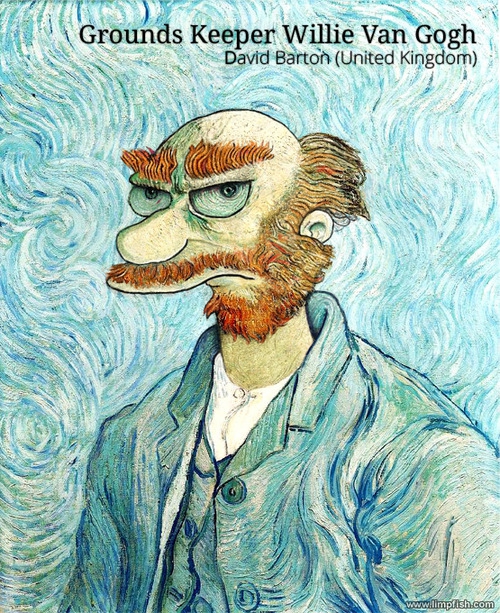
David Barton's art can only be fun
Who said that art can’t be fun? Certainly not David Barton! With his work he is not making fun of works by ‘old masters’ but rather gives a new life and meaning to them by using contemporary icons, widely recognisable by anyone. In this way he actually makes art more approachable to the wider audience; rather than hailing the ‘iconic paintings’, the ‘masterpieces’ - terms widely used when referring to the work of Van Gogh, Seurat and Monet among others - he takes a brave step by actually using this much celebrated paintings and recontextualising them in modern day society.
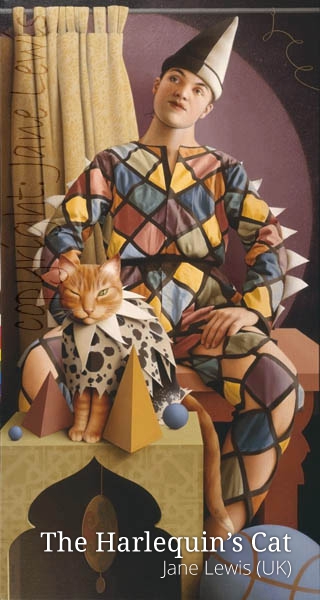
The Joker
Harlequin, the French name of the Commedia dell’ arte character Arlecchino, the Joker figure of the cards that inspired the archenemy of Batman, originates back to the devilish character found in medieval passion plays. Jane Lewis depicts him in The Harlequin’s catas the light-hearted young manfirst introduced in the Italian theatre, but with the chequered costume that he acquired from 17th century Parisian fashion.

It's Rafa Nadal's birthday!

Darkness hides all... even your fears
